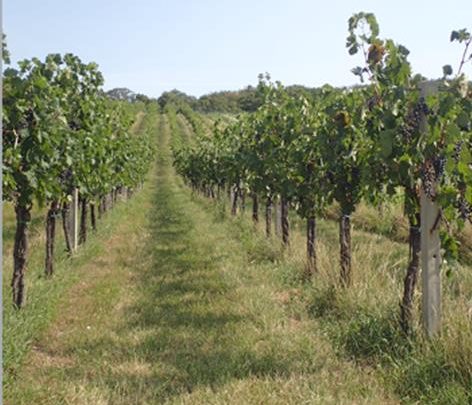Cultivation across the slope; avoidance of downhill furrows and lanes
The development of runoff routes can be prevented and retention can be improved on slightly sloping terrain by cultivating farmland across the slope along contours. Ideally, the soil should be farmed in a chequerboard pattern to control and slow down the flow of surface water. In principle, the avoidance of downhill lanes, the creation of…







